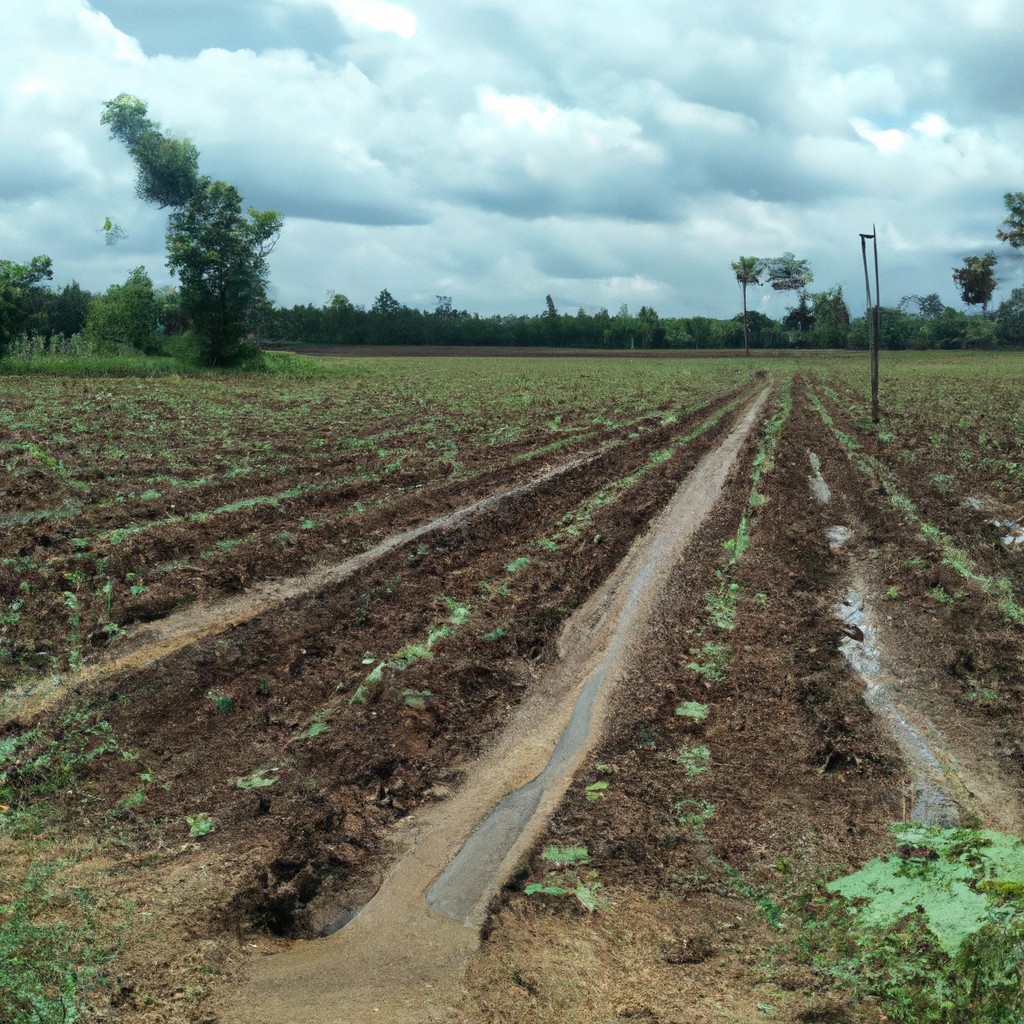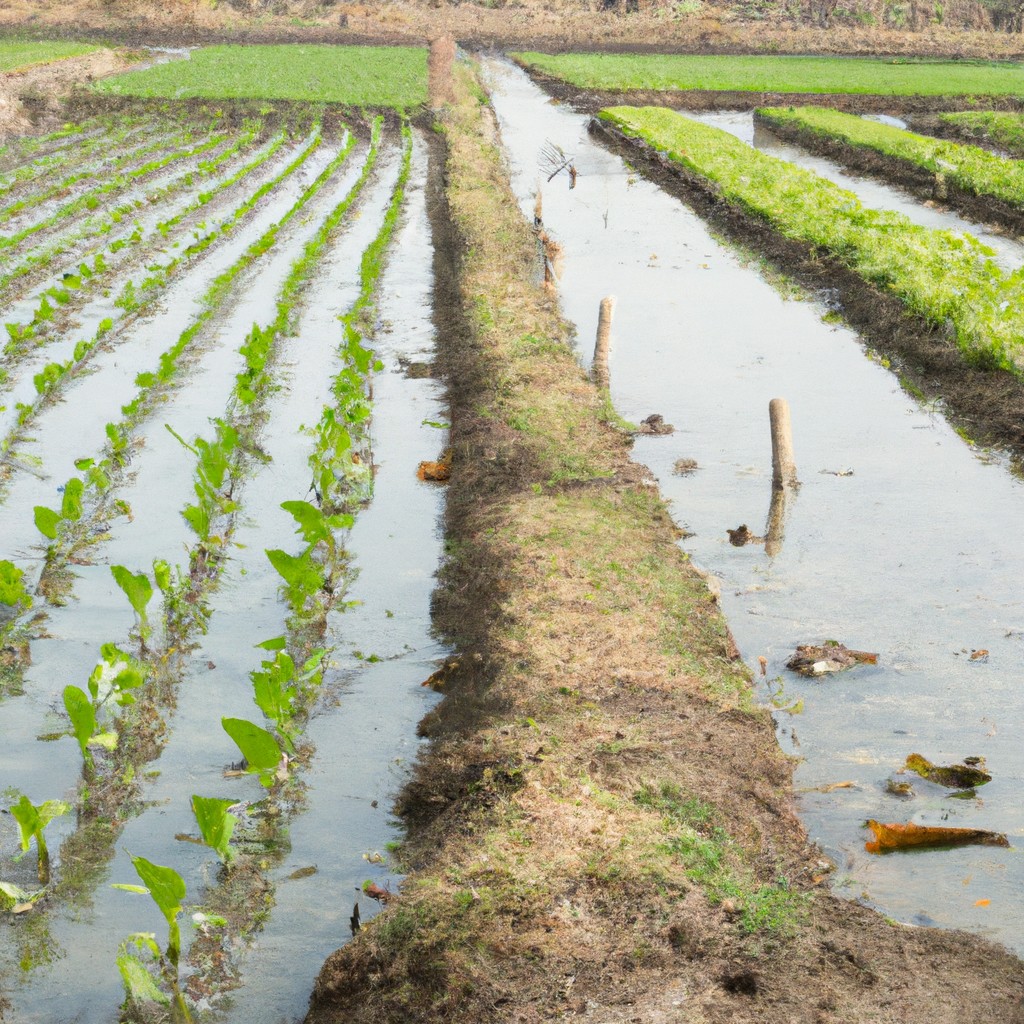Japanese agriculture combines modern technology with traditional methods, creating a unique and sustainable farming landscape.
Look Inside:
Overview of Japanese Agriculture

Japan’s agriculture might surprise you with its diversity. Picture this: terraced rice paddies clinging to mountainsides, giving your rice bowl a workout just thinking about the climb. Farmers in Japan are masters of turning limited land into productive patches of green.
Despite being an industrial powerhouse, agriculture still plays a major role. Think dense urban sprawl meeting lush farmlands. You’d find it hard to believe how much fresh produce grows in such compact spaces.
Here’s a kicker: small family farms dominate. Instead of mega-farms, you’ll encounter intimate plots where knowledge and tradition pass down like secret family recipes.
And, let’s not forget the seafood. Aquaculture is huge. Fish farms contribute a substantial portion, integrating the bounty of the seas with terrestrial efforts. Basically, if it’s edible and from water, the Japanese probably farm it.
Oh, and the climate! Japan’s varied climate zones—from snowy Hokkaido to tropical Okinawa—mean they grow everything from strawberries to sugarcane. It’s like agricultural speed dating with Mother Nature.
There’s so much more to dive into, like the inventive ways they tackle challenges, but let’s not spill all the rice just yet.
Land Shortage and Its Challenges
Japan’s mountainous terrain means arable land is a precious commodity. This land scarcity forces farmers to make the most out of every square inch.
First off, terrace farming to the rescue. Farmers carve out flat spaces on hillsides, creating a steps effect. It looks like agriculture meets a stairmaster.
Urban farming is another clever trick. Rooftops in Tokyo aren’t just for trendy cafes and rooftop bars. They’re now home to vegetable patches. Fresh tomatoes from skyscrapers, anyone?
Next, let’s talk greenhouses on steroids: high-tech vertical farms. These multi-story structures use hydroponics and LED lights. It’s farming, but sci-fi movie style.
Lastly, rice paddies—Japan’s iconic agricultural tableau—are ingeniously packed into tiny plots, making the most of even the smallest spaces.
In Japan, you’ve got to think upwards, sideways, and every which way to farm. It’s like playing Tetris with dirt and seeds. Fun, right?
Impact of Climate Change On Farming
As temperatures rise, rice, Japan’s beloved staple, faces threats. Heat stress affects yields and grain quality, turning prized grains into subpar sushi buddies. And if sushi can’t be trusted, what can?
Extreme weather events? Don’t even start. Typhoons bring heavy rains, flooding low-lying farms. Goodbye crops, hello waterlogged nightmares.
Changing seasons also play with farming schedules. Unpredictable climate messes with planting and harvesting times. Timing is everything, and Mother Nature enjoys the chaos.
Pests and diseases are having a field day too. Warmer weather invites an all-you-can-eat buffet for crop-munching critters.
Let’s not overlook water scarcity. Despite typhoons, dry spells can leave fields thirstier than a sumo wrestler after a match.
Climate change: the not-so-silent partner in Japan’s agriculture drama. Trying to adapt is key, but the script keeps changing.
Innovative Farming Techniques
One exciting development in Japan is vertical farming. Instead of using large plots of land, crops are grown in stacked layers, often inside urban buildings. This method maximizes space and uses controlled environments to ensure year-round production. Plus, you get amazing Instagram photos. Imagine, veggies grown in high-rises!
Blockchain technology is another game-changer. Farmers use blockchain to trace the journey of their products from farm to table. It ensures transparency and builds consumer trust. So next time you bite into a delicious sushi roll, you might just know the life story of that cucumber slice.
Robotics also make a splash. Robots plant, water, and even harvest crops, reducing labor costs and increasing efficiency. Picture a tiny robot zipping around fields like a glorified Roomba, making sure those tomatoes are treated like royalty.
And don’t forget AI-driven drones. These sky-high helpers monitor crops for signs of disease or pest invasions, delivering precision pesticide sprays only where needed. It’s like having tiny, flying guardians for your fields.
Government Policies and Support
Japanese agriculture thrives thanks to robust government strategies. First up, there are generous subsidies for rice farmers. Rice is practically a sacred staple, so the government ensures its farmers aren’t left high and dry.
Speaking of rice, the government has also introduced crop diversification programs. They’re nudging farmers to grow other high-value crops like fruits, vegetables, and flowers. This makes the sector more resilient to market fluctuations and frees up some of the obsession over rice paddies.
Next on the list: technological grants. Ever dreamed of farming with robots? In Japan, that’s not science fiction. The government is showering tech-forward farmers with grants to adopt innovations like automated machinery and AI-driven tools.
Additionally, the Agricultural Cooperative Associations, or JA Zenchu, play a huge role. Think of them as the friendly neighborhood Spider-Man of farming support. They offer services from credit lending to marketing assistance, helping farmers focus on what they do best—grow food.
Lastly, land consolidation policies aim to tackle the land shortage issue. Farmers can now lease lands with more ease, leading to larger, more efficient farms.
And there you have it, a brief tour of the government’s efforts in fertilizing the roots of Japanese agriculture!




